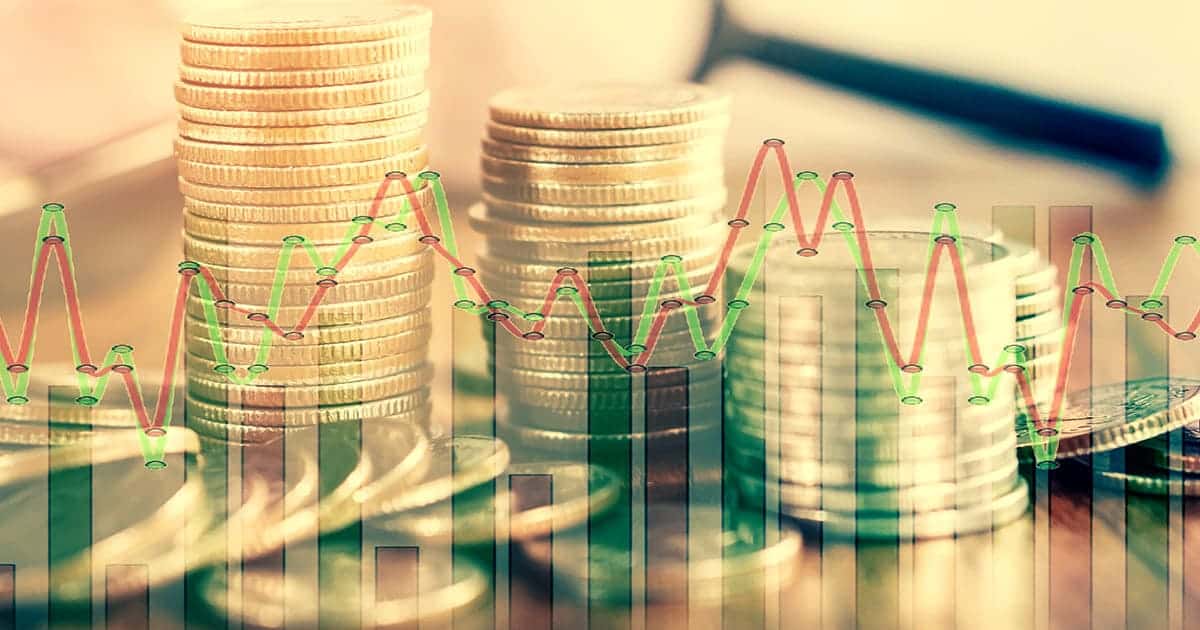
If you are the type of investor who makes purchases and stores them long-term, you may wonder why you should monitor precious metals pricing.
Precious metals prices can be highly volatile, influenced by a myriad of factors including economic data, geopolitical events, and changes in supply and demand. Regular monitoring helps you stay informed about price fluctuations.
While investing is usually a long-term practice, keeping aware of the status of your precious metals portfolio and what it may be worth can help you act if the market is in your favor.
If you invested in gold five years ago (May 2019) at a rate of about $1300 per ounce you may have seen a gain of $1100 in May of 2024. Would that have been a suitable time to sell, or buy more in case prices rise again? Could it have been a smart time to trade on the ratio? If you do not stay in tune with the market, you cannot begin to try to answer these questions for yourself.
What Impacts the Price of Precious Metals and How Does That Affect My Portfolio?
Investing in precious metals such as gold, silver, platinum, and palladium may offer significant benefits, including diversification and protection against economic uncertainty. Understanding what impacts their prices is crucial for making informed investment decisions.
Factors that influence precious metal prices and how they can affect your portfolio.
Economic Data
Economic indicators such as GDP growth, employment rates, and consumer confidence can influence precious metals prices. In times of economic downturn, investors often flock to safe-haven assets like gold, driving up prices.
Inflation Rates
Precious metals, particularly gold, are commonly used as a hedge against inflation. When inflation rises, the value of currency typically falls, leading to increased demand for gold as a store of value.
Interest Rates
Central banks’ interest rate policies have a significant impact on precious metals. Lower interest rates make non-yielding assets like gold more attractive, while higher rates can reduce demand.
Geopolitical Events
Global political instability and conflicts can lead to higher precious metals prices as investors seek safety. Historical events like wars or trade tensions often result in price spikes.
Currency Fluctuations
The strength of the U.S. dollar is inversely related to precious metals prices. A weaker dollar makes metals cheaper for foreign investors, increasing demand and prices.
Supply and Demand Dynamics
The availability of precious metals from mining and their demand in industries such as technology and jewelry also play a crucial role. Disruptions in supply or increases in industrial demand can drive prices up.
Impact on Your Portfolio
Watching the market may help you understand how fluctuations may impact your portfolio. You may be able to identify advantageous times to buy or sell or opportunities for diversification. You may decide to explore investing in unheld options like allocated or unallocated bullion holdings or ETFs. Knowing what is happening in the market may help you make these choices.
Risk Management
Including precious metals in your portfolio helps diversify your investments and manage risk. They often perform well when other assets are declining, providing a balance.
Inflation Protection
Precious metals can safeguard your portfolio against inflation. When inflation erodes the value of paper assets, metals like gold typically retain their value.
Economic Uncertainty
In times of economic or political uncertainty, precious metals serve as a hedge, helping to protect your portfolio from market volatility.
Currency Hedge
Holding precious metals can also protect against currency risks, especially if the U.S. dollar weakens, preserving your portfolio’s value in global terms.
Regularly monitoring precious metal prices is essential for maximizing their benefits. Stay updated with real-time price changes and economic indicators to make informed decisions about buying or selling. Professional advice can also provide valuable insights and help optimize your investment strategy.




